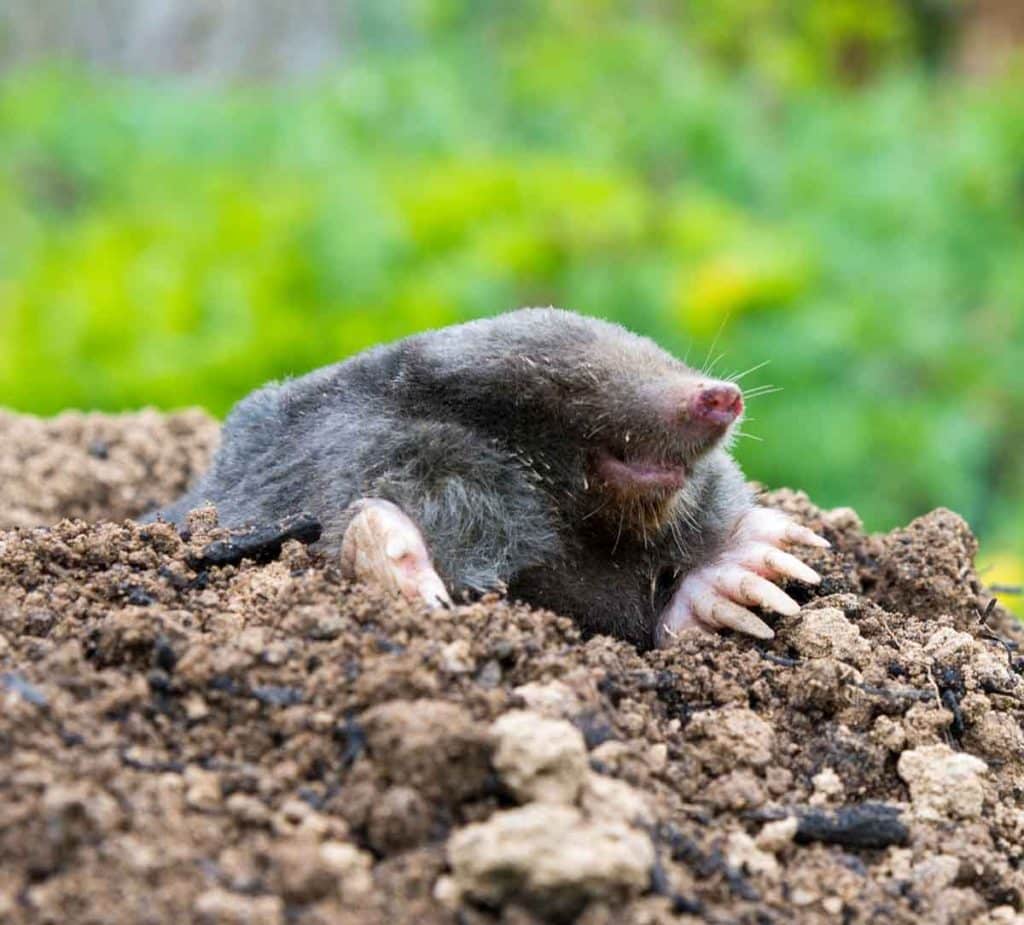Moles may be small and rarely seen, but their impact on a backyard can be significant. These burrowing insectivores are known for disrupting well-maintained lawns and gardens with their tunneling behavior, which can cause root damage, soil displacement, and unsightly mounds. While they don’t typically pose a threat to humans or pets, their activity can lead to expensive landscaping repairs if left unchecked.
Removing moles, however, should be handled with care. Humane mole removal techniques prioritize both the safety of the animal and the preservation of your outdoor space. Here’s what homeowners should know about managing mole activity responsibly and when it may be time to bring in professional support.

Understanding the Damage Caused by Moles
Moles are not rodents; they are insectivores, feeding primarily on earthworms, grubs, and other soil-dwelling insects. While they do not eat plants or roots directly, their constant tunneling in search of food can indirectly damage lawns, flower beds, and garden structures.
The most common signs of mole activity include:
- Raised ridges or “runways” just beneath the surface of the soil
- Cone-shaped mounds of soil (molehills) scattered across the lawn
- Soft, uneven ground where tunneling has loosened the soil
- Wilting or uprooted plants due to disturbed roots
In some cases, mole tunnels can invite other pests or even collapse, creating trip hazards. As with other invasive wildlife, it’s important to address the issue quickly as ignoring a mole problem can result in more costly, widespread damage than many homeowners anticipate.
Why Humane Mole Removal Matters
While moles can be frustrating, it’s important to remember they play a beneficial role in the ecosystem. Their tunneling helps aerate the soil and control insect populations, making them valuable contributors to soil health. In fact, their presence often indicates a thriving underground ecosystem.
For these reasons, humane mole removal is not only ethically responsible, it’s ecologically smart. Rather than using lethal traps or poisons, humane strategies focus on relocating moles or discouraging them from staying in the area. These approaches avoid harming beneficial wildlife, keep toxic substances out of your yard, and maintain a balanced backyard habitat.
In many regions, animal welfare laws and environmental guidelines also recommend or require humane removal methods.
Common Humane Mole Removal Techniques
There are several effective and humane strategies for removing moles from your property. The key is to disrupt their environment in a way that encourages them to move elsewhere without causing injury.
1. Live Trapping and Relocation
Live mole traps can be placed along active tunnels to gently capture moles without harm. These traps must be checked frequently to prevent stress or injury. Once caught, moles can be relocated to a more suitable natural environment, away from residential areas.
2. Mole Repellents
Natural repellents made with castor oil or other non-toxic ingredients can be used to treat lawns and gardens. These substances make the soil unappealing to moles, encouraging them to find food sources elsewhere.
3. Vibration and Sound Deterrents
Ultrasonic mole deterrents or vibration stakes emit sounds and movements that moles find disturbing. While their effectiveness can vary, they are a non-invasive option to deter mole activity over time.
4. Soil Management
Since moles are drawn to yards rich in grubs and earthworms, adjusting soil conditions, such as through beneficial nematodes or pest-targeted treatments, can reduce their food supply and make your yard less attractive.
5. Physical Barriers
Installing underground mesh or hardware cloth around garden beds or lawn borders can prevent moles from tunneling into certain areas. This is particularly helpful for protecting high-value landscaping or vegetable gardens.
Each technique has its advantages and limitations, and choosing the right one often depends on the severity of the infestation, the size of the yard, and the landscape layout. It’s important to have professionals handle mole removal for accuracy and safety.
The Benefits of Professional Mole Removal Services
While DIY approaches can be effective in some situations, mole activity can be persistent and difficult to manage without the right tools or experience. Professional wildlife specialists are trained to identify active mole runs, determine the scope of the infestation, and apply humane strategies that are both effective and legally compliant.
Advantages of professional humane mole removal include:
- Accurate identification of tunnel systems and mole behavior
- Safe and lawful trapping and relocation procedures
- Use of environmentally friendly repellents and barriers
- Ongoing monitoring and prevention advice
- Reduced lawn damage through faster, more targeted intervention
In some cases, mole presence may be just one part of the problem, especially if attic or crawl spaces have been affected by wildlife intrusion. If so, proper attic cleanup services can restore safety and sanitation after animals have moved out.
Essential Insights: Protect Your Yard and Local Wildlife
Dealing with moles doesn’t have to mean harming them. By opting for humane mole removal techniques, you can safeguard your landscaping investment while respecting the role these small creatures play in the ecosystem. Whether you choose repellents, live traps, or expert services, the goal is the same: to restore the balance in your yard safely and responsibly.
If mole activity continues despite your best efforts, don’t wait for the damage to escalate. A professional wildlife removal team can step in with humane, effective solutions that keep your yard and its natural inhabitants safe.To schedule humane mole removal or learn more about safe wildlife control, contact Titan Pest and Wildlife Solutions.

